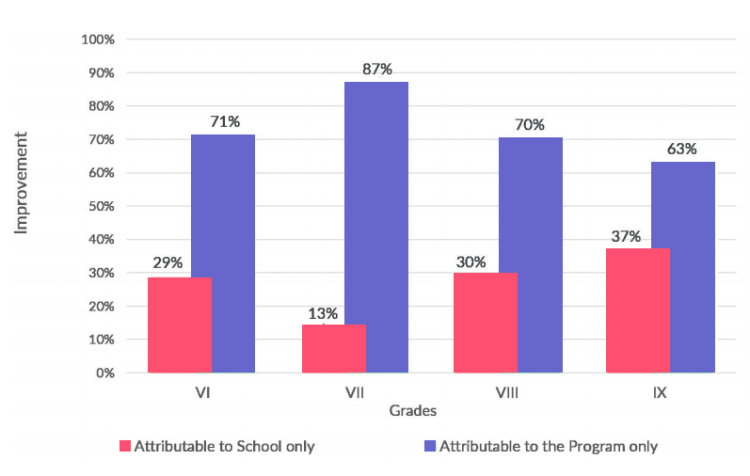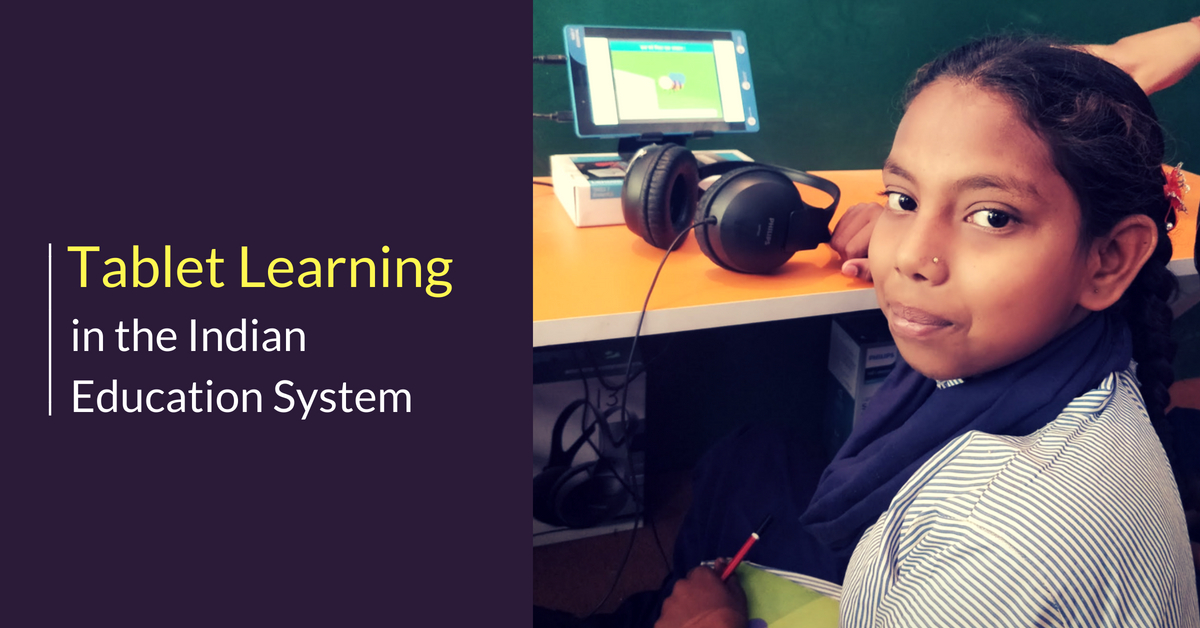The way kids are learning today is phenomenal. For kids to gain maximum knowledge and have all the doubts addressed, innovative technologies are being introduced in the classroom. Why a tablet? Why not a computer or a smartphone, or a smart class?
Keeping the factor of sustainability and affordability, we need to devise models that are scalable and accessible in all parts of our country. Smart classes had been introduced in the high-end school’s post-2001. Since then we have seen a transition in the way children learn. From computer labs to smart labs to tab-labs.
Just one question- What is it that we are focusing on today?
There are multiple answers to this. We would stick to the prime goal of Quality Education. In this, we have a lot to prove and a lot to achieve. While most of the solutions focus on the quantity of content, it is important to focus on factors like affordability to manifest access in the needy pockets of the country.
Here are a few of the many advantages of having tablets for learning in the classrooms:
Integrating technology seamlessly in the classroom: Tablets are portable, economical, and easy-to-use. Similar to a smartphone in nature, children have a natural tendency to use it. Its integration in rural India becomes easy as the cost is less plus children have been conditioned in an environment where their elders have been using mobile phones for learning. This lessens the burden of orienting each child individually. This along with its portability becomes some major advantages of the whole project
Hassle-free setup: Upkeep of the tablets is similar to that of our phones. In a tablet-centric model, any organisation or school can function with minimum bandwidth or workforce. Troubles are dissipating as we are transforming to different mediums of learning, much faster, and quicker. With tablets in the scheme of things, it becomes easy for the school to understand and manage the classroom.
Accessible Quality Content: Today’s learners are amidst an expanse of information gushing from everywhere. Children’s brain is the most active when between the ages 3 to 12, hence all that they get exposed to within this time form firm connections in their brains. With the advent of AI and HD visuals, concepts can be easily manifested for the kids. With the advent of digital devices, we can help children reinforce concepts as per their requirements. It enables revision and practice in a self-pacing environment unlike the one the one where the teacher has to constantly probe and check whether the child is understanding or no.
The continuous scope of improvement: When the feedback is instant, teachers can plan and execute changes without the need to every time wait for the child to complete a semester/session and then assemble all the reports. Through the tablets, teachers receive instant feedback and reports. The real-time data ensures that both the educator and the learner can seek maximum advantage by constantly tracking their performance.
Here are the results from one of ConveGenius’s intervention in tablet-learning. The project has proven to enhance the learning outcomes for kids. Below are the scores of children of classes VI to IX

Today, all we need to care about is the kind of education we impart without worrying about the risks that these devices expose. If we compare, there are more losses than advantages when we refrain from giving technology in the hands of children.
By introducing tablets, the idea is to make the classroom an echo chamber, where the content instantly reflects a child’s learning.
For more information on tablet-based learning models, contact ConveGenius.
